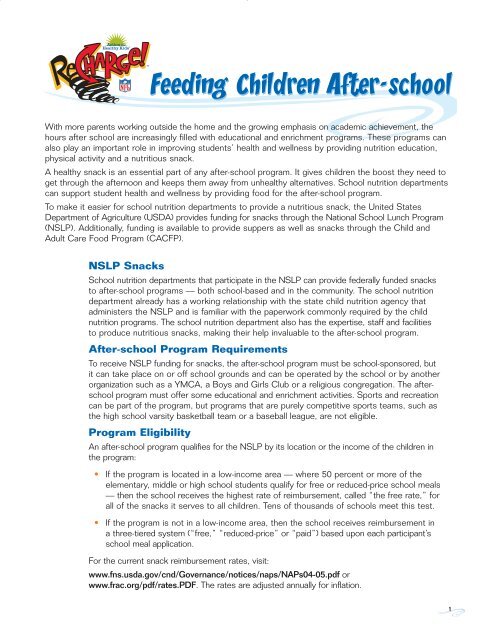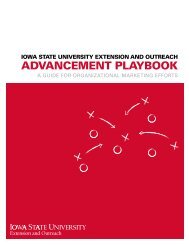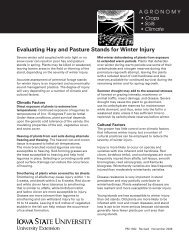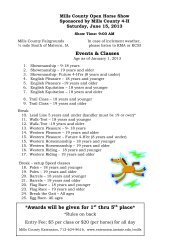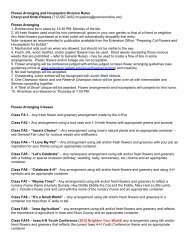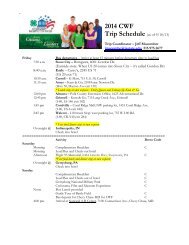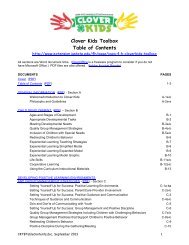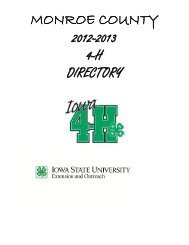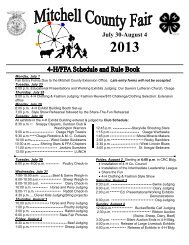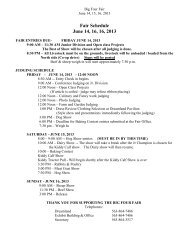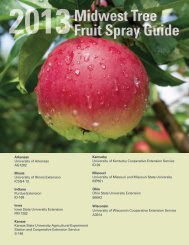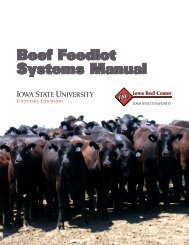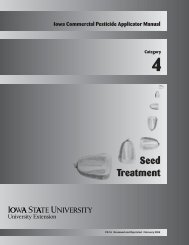Afterschool Snack Guide
Afterschool Snack Guide
Afterschool Snack Guide
You also want an ePaper? Increase the reach of your titles
YUMPU automatically turns print PDFs into web optimized ePapers that Google loves.
Feeding Children After-school<br />
With more parents working outside the home and the growing emphasis on academic achievement, the<br />
hours after school are increasingly filled with educational and enrichment programs. These programs can<br />
also play an important role in improving students’ health and wellness by providing nutrition education,<br />
physical activity and a nutritious snack.<br />
A healthy snack is an essential part of any after-school program. It gives children the boost they need to<br />
get through the afternoon and keeps them away from unhealthy alternatives. School nutrition departments<br />
can support student health and wellness by providing food for the after-school program.<br />
To make it easier for school nutrition departments to provide a nutritious snack, the United States<br />
Department of Agriculture (USDA) provides funding for snacks through the National School Lunch Program<br />
(NSLP). Additionally, funding is available to provide suppers as well as snacks through the Child and<br />
Adult Care Food Program (CACFP).<br />
NSLP <strong>Snack</strong>s<br />
School nutrition departments that participate in the NSLP can provide federally funded snacks<br />
to after-school programs — both school-based and in the community. The school nutrition<br />
department already has a working relationship with the state child nutrition agency that<br />
administers the NSLP and is familiar with the paperwork commonly required by the child<br />
nutrition programs. The school nutrition department also has the expertise, staff and facilities<br />
to produce nutritious snacks, making their help invaluable to the after-school program.<br />
After-school Program Requirements<br />
To receive NSLP funding for snacks, the after-school program must be school-sponsored, but<br />
it can take place on or off school grounds and can be operated by the school or by another<br />
organization such as a YMCA, a Boys and Girls Club or a religious congregation. The afterschool<br />
program must offer some educational and enrichment activities. Sports and recreation<br />
can be part of the program, but programs that are purely competitive sports teams, such as<br />
the high school varsity basketball team or a baseball league, are not eligible.<br />
Program Eligibility<br />
An after-school program qualifies for the NSLP by its location or the income of the children in<br />
the program:<br />
• If the program is located in a low-income area — where 50 percent or more of the<br />
elementary, middle or high school students qualify for free or reduced-price school meals<br />
— then the school receives the highest rate of reimbursement, called “the free rate,” for<br />
all of the snacks it serves to all children. Tens of thousands of schools meet this test.<br />
• If the program is not in a low-income area, then the school receives reimbursement in<br />
a three-tiered system (“free,” “reduced-price” or “paid”) based upon each participant’s<br />
school meal application.<br />
For the current snack reimbursement rates, visit:<br />
www.fns.usda.gov/cnd/Governance/notices/naps/NAPs04-05.pdf or<br />
www.frac.org/pdf/rates.PDF. The rates are adjusted annually for inflation.<br />
1


